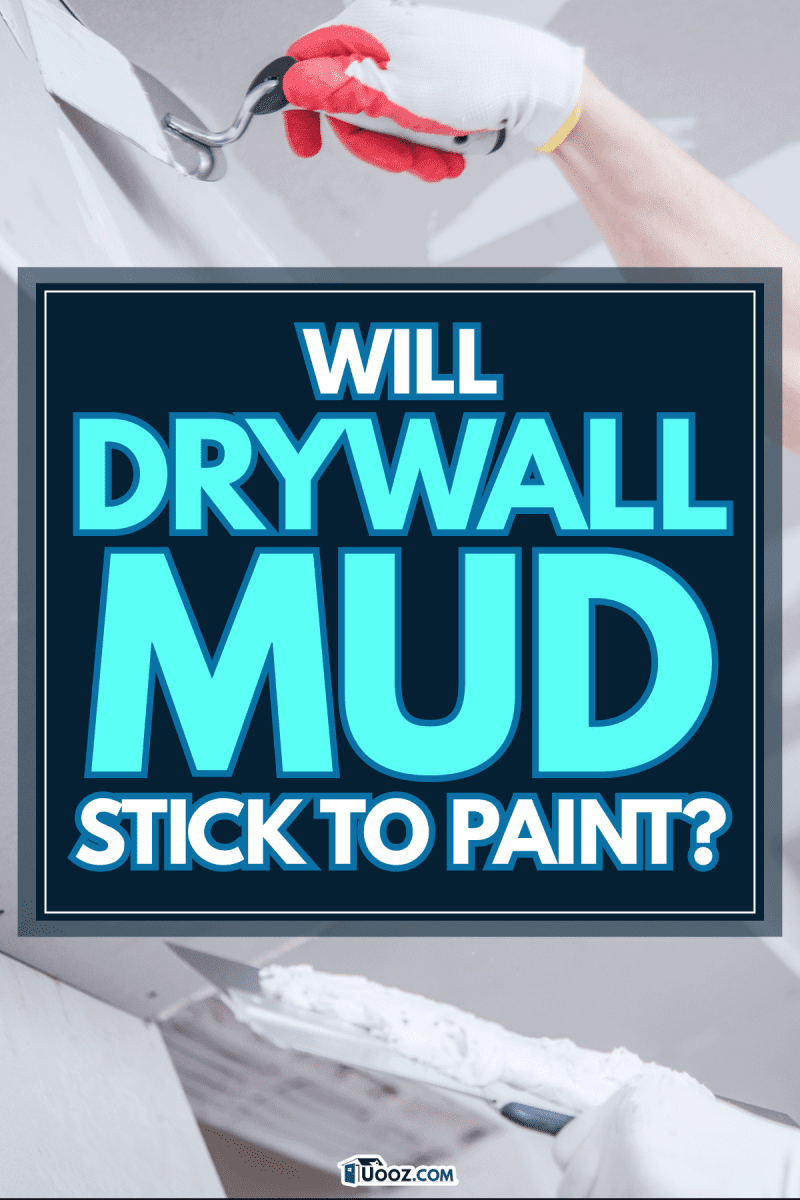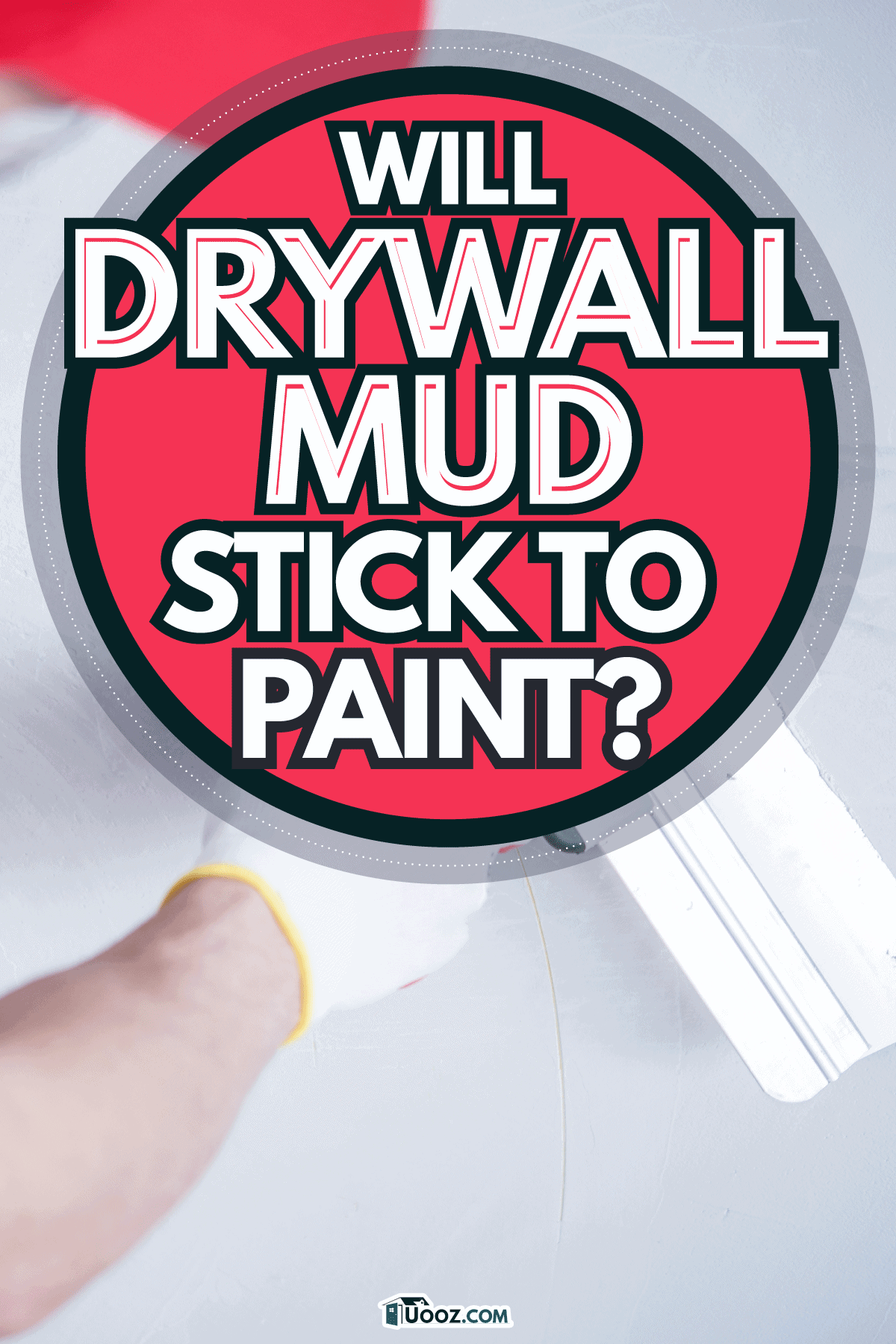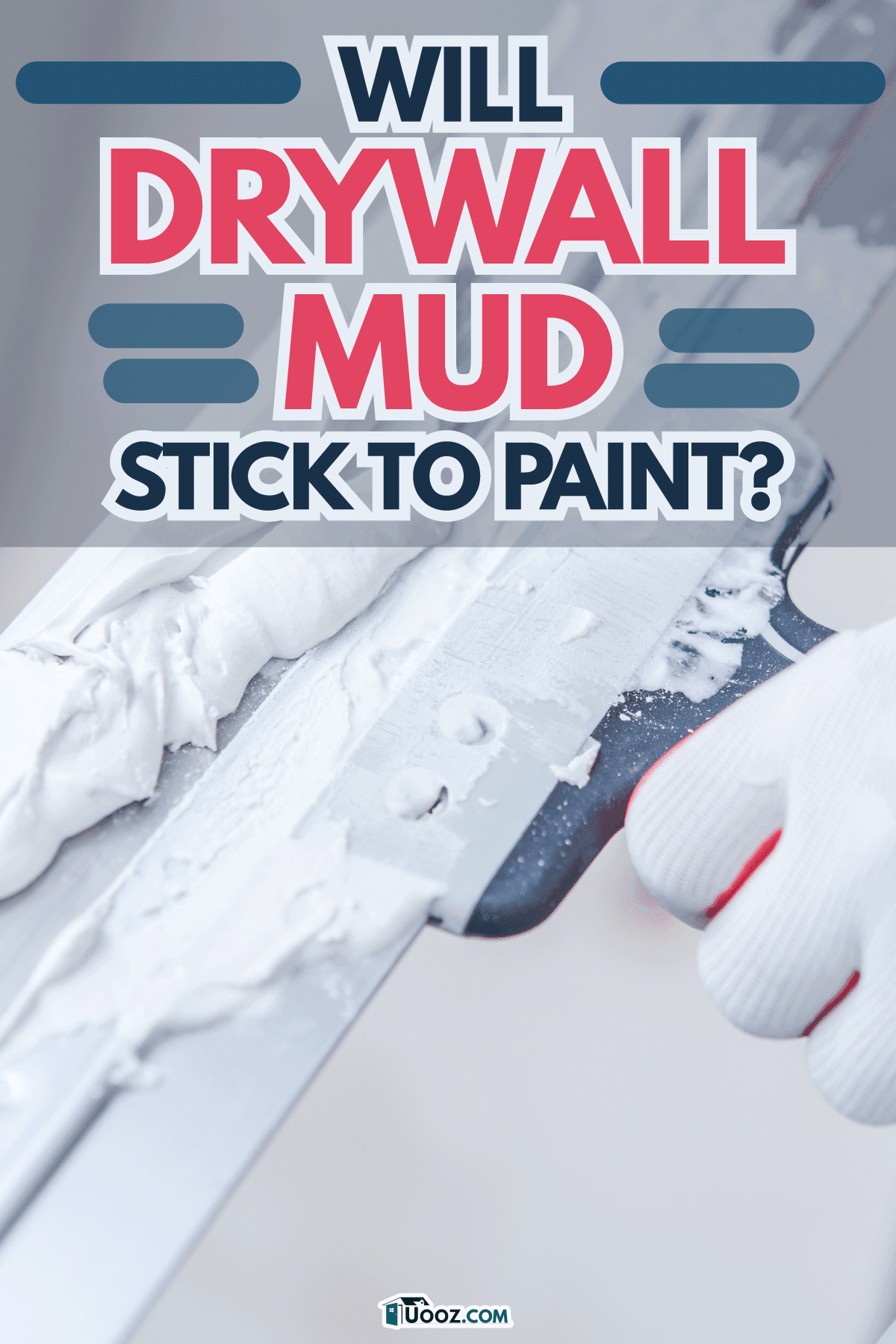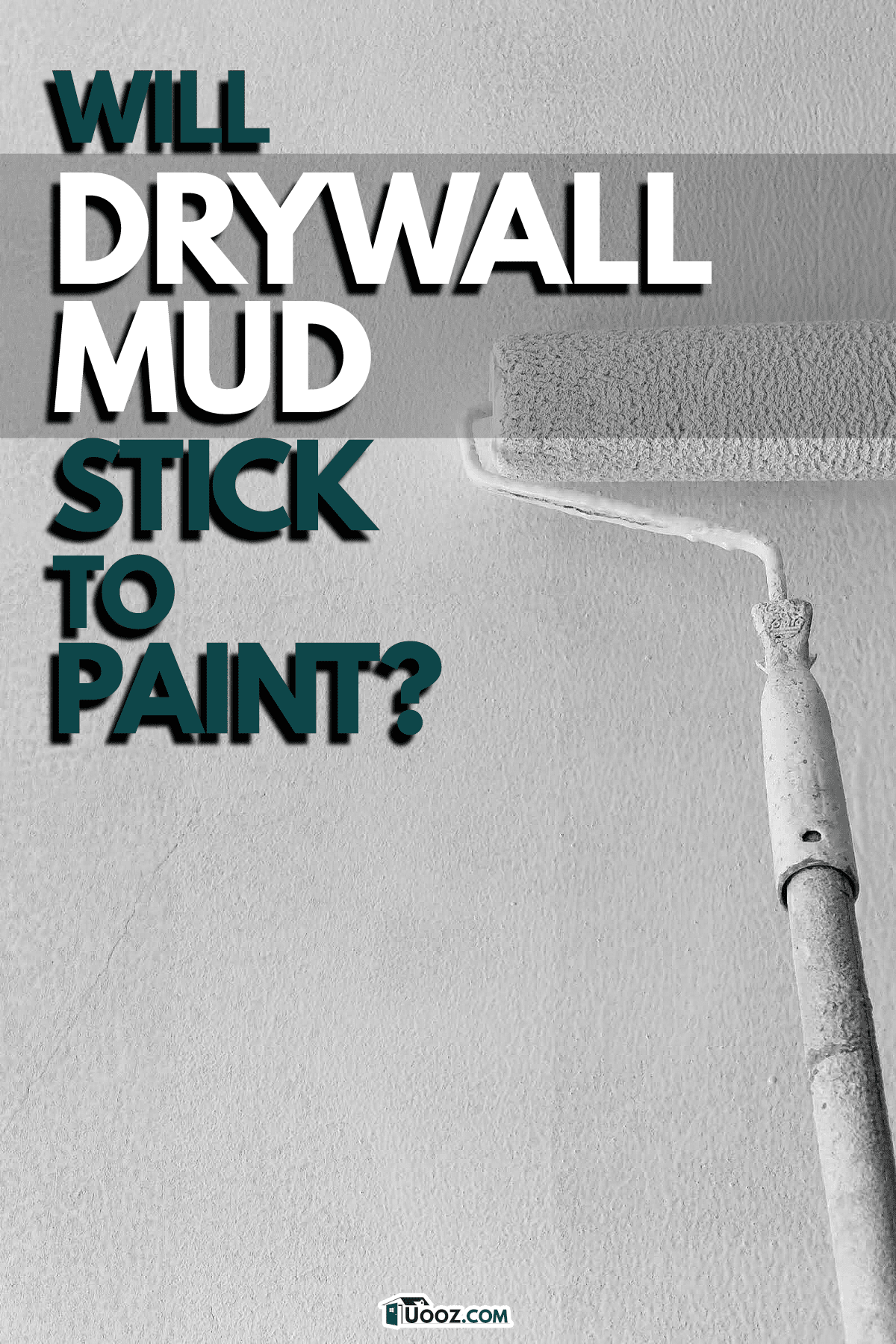Repairing a mistake on your walls isn't always easy. For example, do you need to apply drywall mud to a painted wall but don't know if this is possible? Will drywall mud stick to the paint, or do you need to remove the paint before applying it? We've researched these questions and have answers below!
Drywall mud will stick to matte wall paint or paint with little to no gloss/shine. Generally, drywall mud reacts best to dry, rough surfaces, which give it a better grip.
In addition to glossy paint, drywall mud doesn't work well with oil-based paints. If the surface is slippery, drywall mud cannot be applied, and you'll need to find an alternative product or remove your wall paint.
In this article, we will cover drywall mud usage and discuss where and how to apply it. Whether you have a damaged wall, notice cracking, or need other advice for your home project, we're here to help. With that said, let's dive right into this topic!
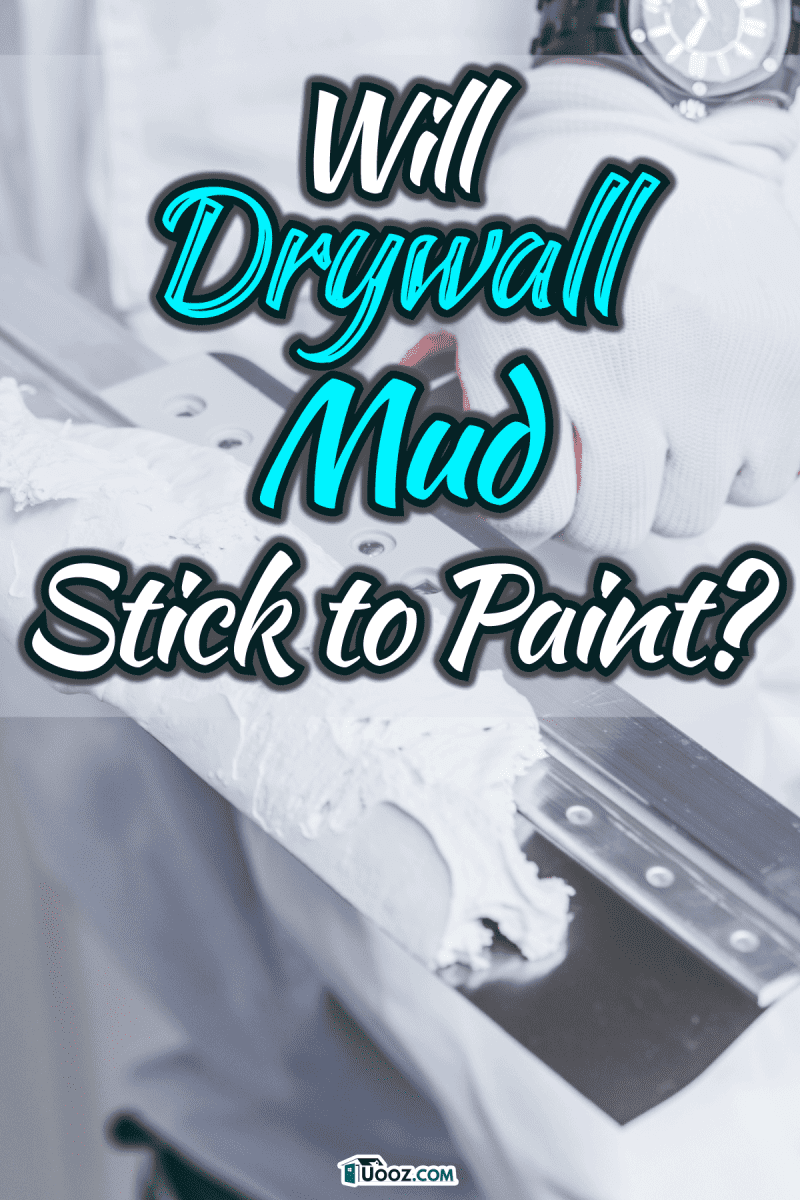
Can I Use Drywall Mud Over Paint?
As long as your painted walls don't have a glossy finish, you should be able to apply drywall mud. Applying drywall mud to a painted surface can be tricky. However, if you clean the wall and ensure it's 100% dry before applying, you should get good results.
The number-one priority when using drywall mud is having the right texture for it to adhere. Most painted walls will be too smooth for drywall mud application, making your project difficult.
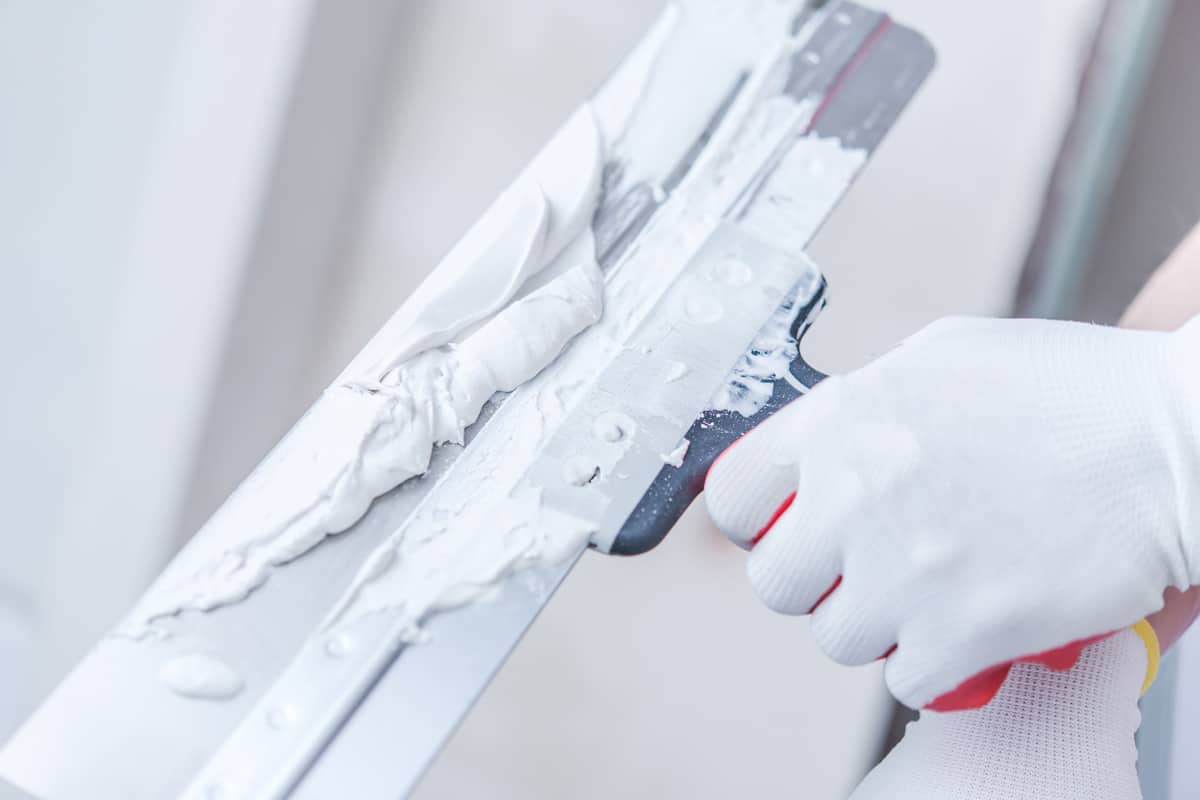
You should remember that oil-based paints will not be compatible with drywall mud. The same goes for overly glossy wall paint. If you have matte or eggshell paint, using drywall mud is a viable option.
Many experts explain this as drywall being able to stick to wall paints that are "flat" or "dull."
Check out this product on Amazon.
How Do You Use Drywall Mud On Painted Walls?
If the current paint is low-no gloss, you should be apply drywall mud. To start your project:
1. Clean The wall
To do this, we recommend using trisodium phosphate, or TSP. This product essentially strips away dirt, grease, or other debris. TSP works wonders for even semi-glossy wall paint, as it etches the wall's surface to prep it for the drywall mud.
Remember, you want your surface to have a rugged texture for the best adhesion.
2. Get Rid Of loose drywall or paint
Next, you can gently scrape off any loose drywall/paint. Because your walls may have damage, you'll want to use a paint scraper. You can also use a clean, dry rag or paintbrush to dust off any loose pieces from the wall.
3. Put On The Primer
Apply a drywall primer to the newly cleaned surface. Allow it to dry before moving to step four.
4. Apply your drywall mud
Grab your drywall mud and apply it to the painted wall. We recommend using a drywall blade, which can fill any "low" areas or those with damage, and smoothing your mud as closely to the existing wall as possible.
Check out this drywall blade on Amazon.
5. Sand the wall
You should sand and dust the wall. You want to sand the drywall flush to the wall. It's also a good idea to wipe the wall again using a clean rag to remove accumulated dust.
6. Apply another Coat Of mud
Next, apply the final coat of drywall mud to your project. This is the "perfecting" portion of your drywall project, as you want your new product to look seamless with the existing surface.
Many experts suggest renting a spackling-compound gun for application. This can camouflage the new area of drywall mud and will give the wall a more uniform look when it dries.
After you use the spackling gun, run over the surface with a towel to remove sharp edges.
7. Apply Paint
Finally, you can paint your walls. You want to use full-coverage wall paint that will hide any traces of the drywall mud repair. You might prefer a thick, oil-based option to cover the drywall mud.
Can You Paint Drywall Before Mudding It?
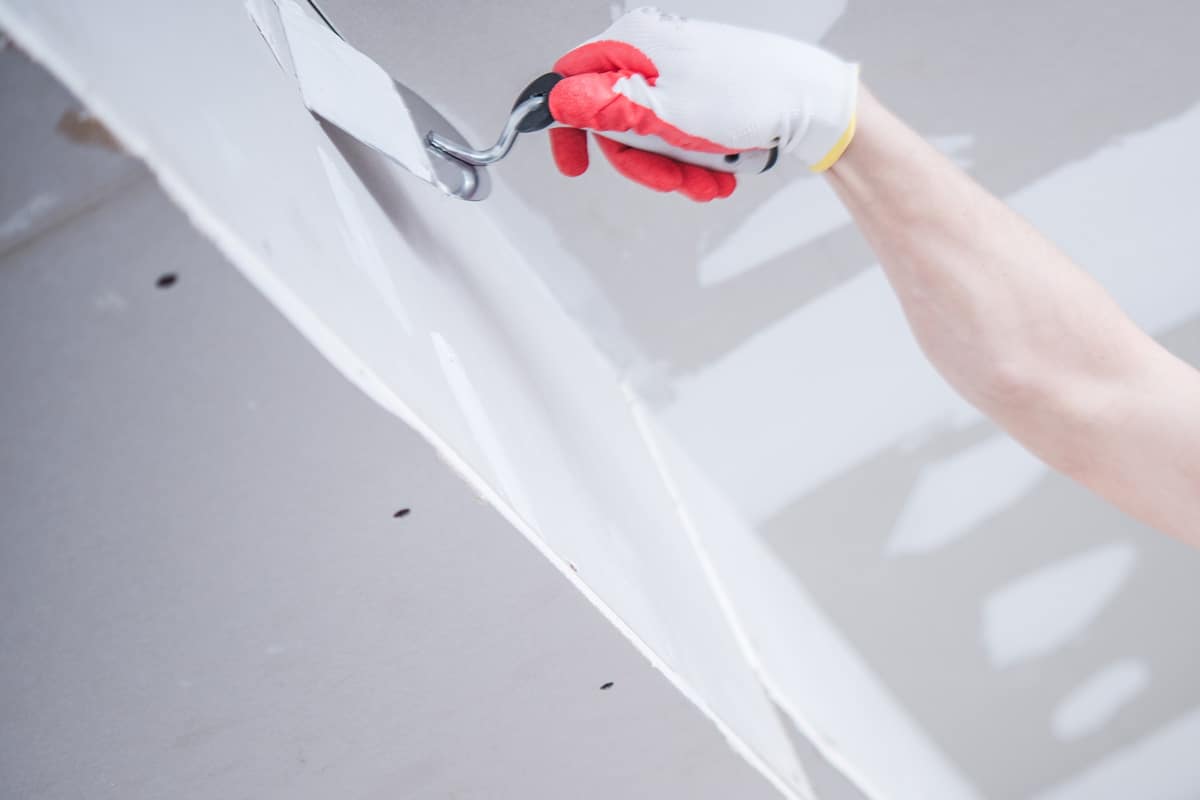
This is not recommended. Because paint tends to have a glossy or semi-glossy finish, it can make the surface harder for drywall mud to adhere to. As mentioned, you want to use drywall mud on rough, matte surfaces.
Most people will use drywall mud to piece together larger portions of the drywall as it blends into hard-to-reach areas. Therefore, using it on a cracked or damaged wall can be more complicated.
Luckily, with proper preparation and patience, the drywall mud should go over even a painted surface. Drywall is essentially the under-portion of the final product we see and paint. You don't paint over bare drywall but instead over drywall that has already been finished/mudded.
Therefore, adding mud later brings your wall back to its pre-painted stage. Not applying drywall mud to your walls before painting them will lead to unattractive walls and could even be against local building codes.
Repairing damaged, painted walls with drywall mud is common because the product dries fast and can fill cracks and dents. The key is smoothing the drywall mud before it sets, which is often why people hire professionals.
What Is The Point Of Using Drywall Mud?
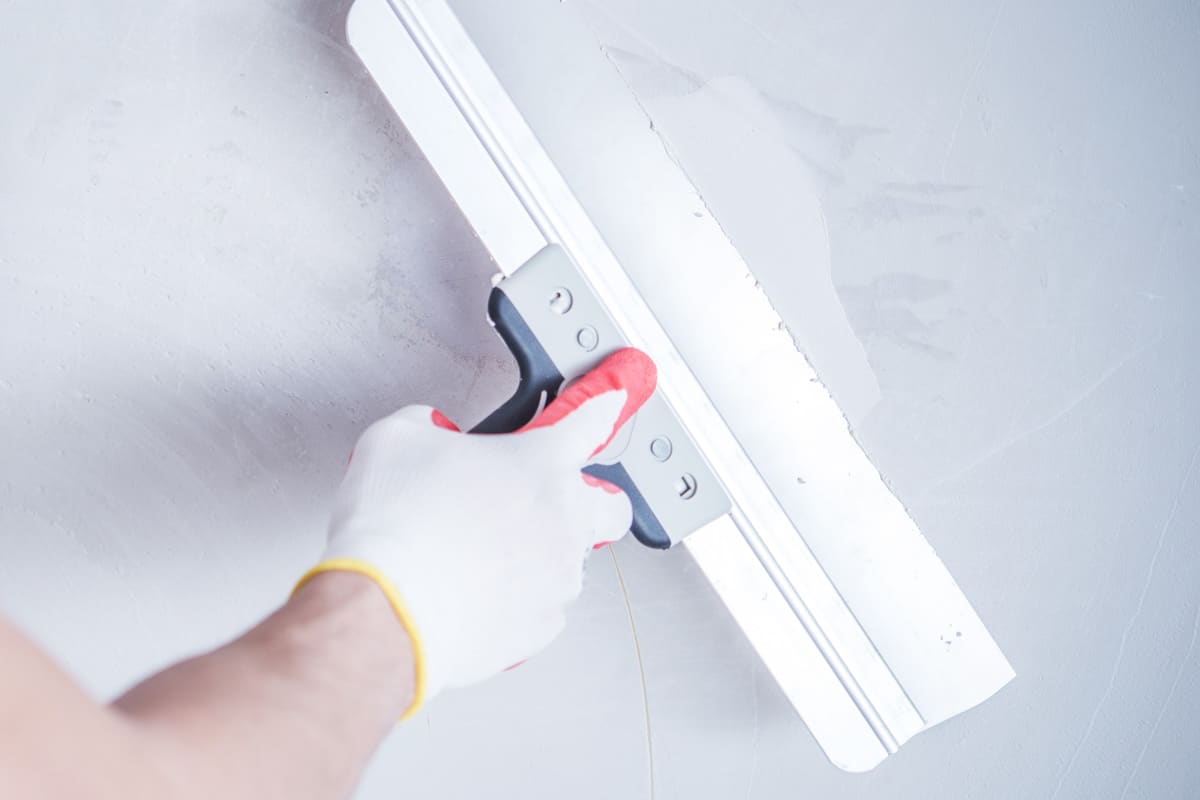
Builders mainly use drywall mud to secure drywall pieces together and create a seamless blend between them. Some may know this product/process as sheetrock, giving walls a smooth, ready-to-paint finish.
Using drywall mud on already finished walls is mainly done to repair them. For example, if your wall develops hairline cracking or even significant cracks, you can fill them with drywall mud.
The same can be said for large holes in your walls, which drywall mud can fill. The only drawback to using drywall mud to repair painted walls is that you may be able to see the repair with specific lighting.
You want to use a thick, full-coverage primer before drywalling to ensure any imperfections blend into the rest of the surface.
Should I Prime My Painted Wall Before Applying Drywall Mud?
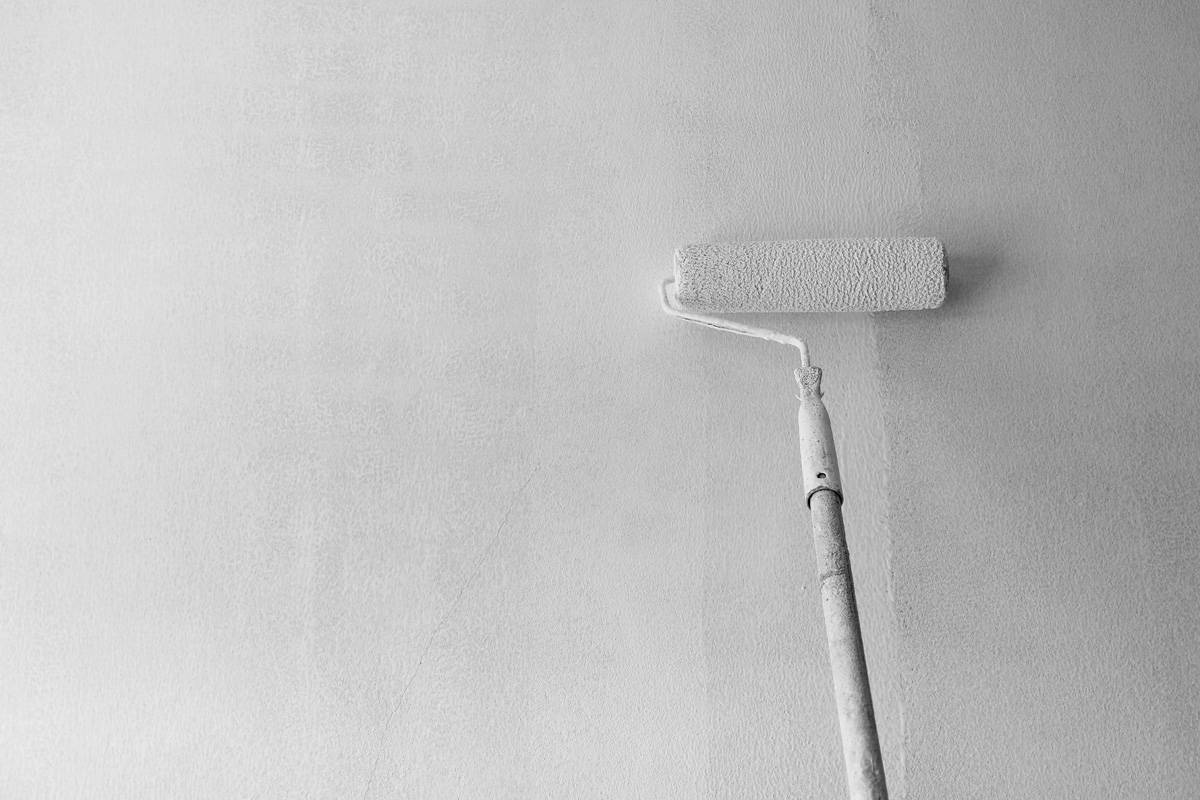
Yes! Before adding any drywall mud, you need to apply a drywall primer. Many professionals recommend doing this, as using drywall mud on unprepared painted walls can cause issues with adhesion.
You want to first clean the walls with a trisodium phosphate product, then prime it. We recommend using a drywall primer, which will work differently than your regular formula.
Drywall is incredibly absorbent, and there's no exception for mud. Your drywall mud will be far more product-reliant than the painted remaining wall, as it is essentially the bare "under portion" that requires the most attention.
You might even feel dry or cough if you've ever stood in a room filled with drywall. That's because the drywall absorbs as much moisture from the air as possible, which is the same with paint and priming products.
Some people may also want to add primer over drywall mud after it dries before painting, although you should be fine to skip this step and use a paint with a built-in primer. This also depends on the condition of your painted wall.
How Long Does Drywall Mud Take To Dry?
You can typically expect drywall mud to take 24 hours to dry. Your drywall compound/mud should to be applied in a space with low humidity and little moisture.
If the room where you use drywall mud is high in humidity, the dry time can take longer than 24 hours. If you're on a schedule for this project, we recommend plugging in a box fan or two and letting them blow cool, dry air onto the drywall mud while it settles.
The more flowing air in the space, the better and faster your compound will dry. You also want to keep the windows in your home closed while using drywall mud, especially if you're in a humid area.
The thickness of your drywall mud is also a big player in drying time. It will be different for everyone.
To Finish
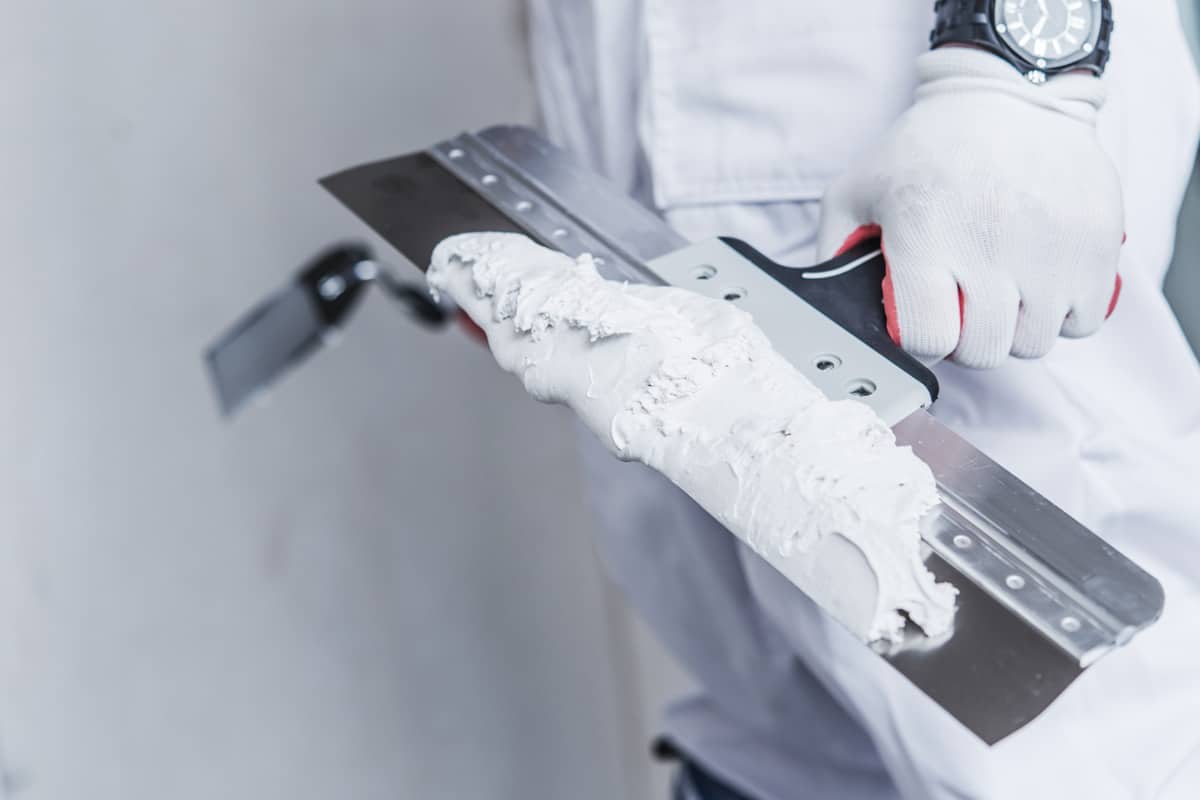
Whether you have a damaged wall or need to fill in a gap/structural defect, drywall mud can be a great idea. We found that drywall mud can stick to paint as long as it's not glossy. If your painted walls have a shiny, glossy finish, this will make using drywall mud difficult.
Therefore, you will need to either remove glossy paint from the wall or try and prime over it before adding drywall mud. Textured walls can pick up the mud better, allowing for a more seamless application and final product.
Here are some other posts you may find interesting:
How To Finish Basement Walls Without Drywall Or Studs

